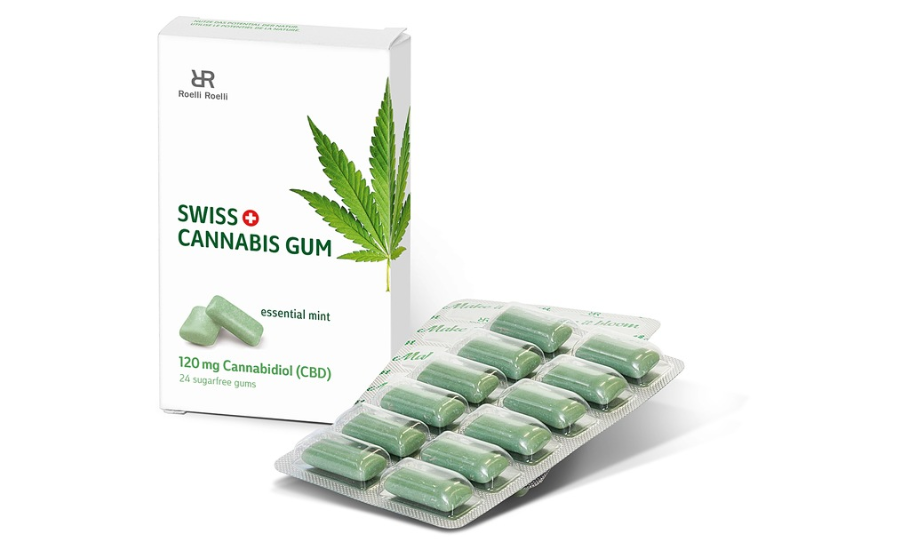If you’re confused about the legal status of products made with cannabidiol — or CBD — you’re not alone.
The U.S. Food and Drug Administration is trying to determine for itself how to regulate around CBD, announcing last week it would host a public hearing May 31 and solicit public comment on any safety concerns associated with cannabis-derived compounds.
And the sooner the agency determines its position, the better, especially as more and more products with CBD hit the market, despite ambiguous federal recommendations and varying state regulations.
Scott Gottlieb, outgoing FDA commissioner, pointed to the influx of and interest in CBD and cannabis-infused products.
“We also recognize that stakeholders are looking to the FDA for clarity on how our authorities apply to such products, what pathways are available to market such products lawfully under these authorities, and how the FDA is carrying out its responsibility to protect public health and safety with respect to these products,” he said in a news release.
The floodgates opened with the passage of of last year’s Farm Bill, which defined a category of Cannabis sativa L. and its derivatives as “hemp,” provided they contain 0.3 percent or less on a dry weight basis of tetrahydrocannabinol (THC), a psychoactive cannabinoid. It also removed hemp from the controlled substances list.
Of course, the FDA is quick to note the Farm Bill maintained the agency’s authority to regulate these products — the question is how.
As far as CBD drugs go, the FDA has approved only one: Epidiolex. It’s designed for the treatment of seizures associated with epilepsy syndromes. Two other drugs, made with synthetic forms of THC, have also gotten the stamp of approval.
The FDA says it knows there are manufacturers marketing CBD products with untested and unapproved therapeutic claims such as stopping cancer growth, slowing the progression of Alzheimer’s disease and reducing substance withdrawal symptoms. But, to be sure, the agency has qualms with such claims, having already slapped several manufacturers with warning letters.
Marketing products with CBD and THC as dietary supplements and introducing those compounds in food are also off the table at this point, since CBD and THC are considered active ingredients in drugs that have already been approved.
Gottlieb added the only avenue that would allow for the legal addition of CBD to food or marketing CBD as dietary supplements under the Food, Drug and Cosmetic Act is if the FDA issues a regulation through “notice-and-comment rulemaking.”
Nonetheless, the FDA says it understands there are potential therapeutic uses for cannabis and cannabis-derived drugs, but it maintains the drug approval process is the best way to ensure safety and effectiveness.
Citing the approval process for Epidiolex, Gottlieb noted the FDA has concerns over the potential for liver injury, which can be managed when CBD is taken under medical supervision but may not be monitored as well through over-the-counter use.
The FDA also has questions about the cumulative effects of CBD received from a range of consumer products, and whether or not setting a threshold for CBD in food products would dissuade firms from pursuing further clinical research — or keep patients from otherwise seeking medical treatment.
“It’s critical that we address these unanswered questions about CBD or other cannabis-derived products to help inform the FDA’s regulatory oversight of these products — especially as the agency considers whether it would be appropriate to exercise its authority to allow the use of CBD in dietary supplements or other foods,” Gottlieb said.
When it comes to cannabis and associated compounds such as CBD and THC, the FDA can't keep kicking the can down the road. As states continue to legalize cannabis use at varying levels, it’s imperative for the agency to take a clear stance and eliminate the dissonance between state and federal regulations.
It’s not only for the patients who could benefit from further study and development of cannabis-based products. Manufacturers — and let’s be real, governments — stand to make a lot of money, too.
But they have to a clear pathway for it first.

